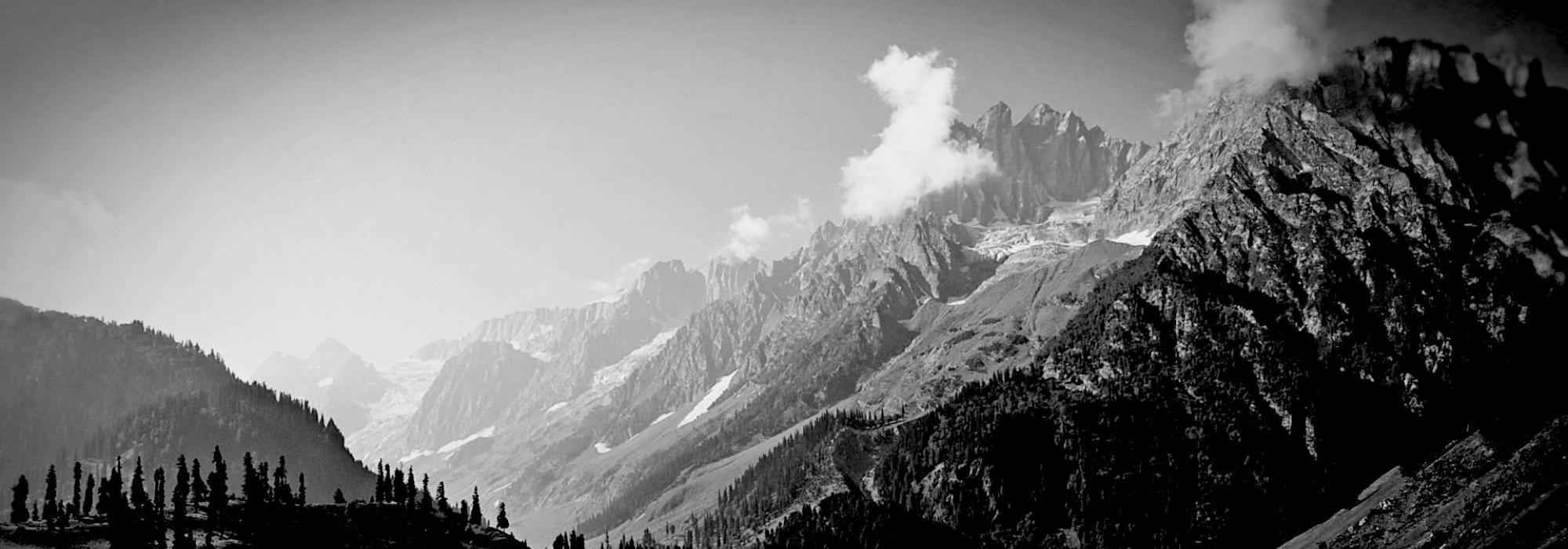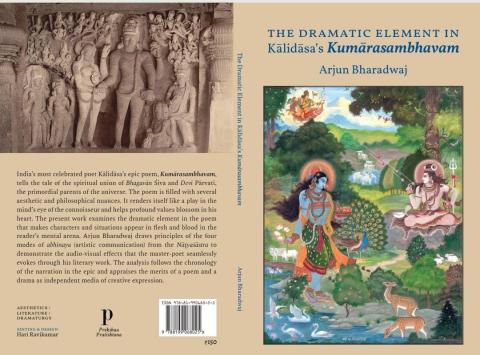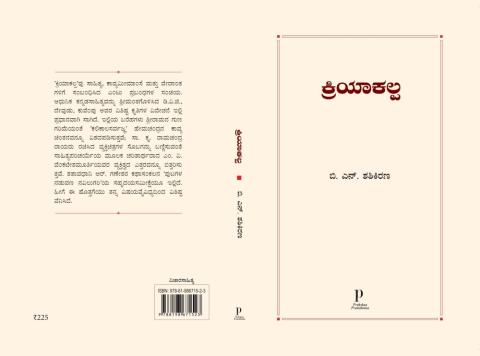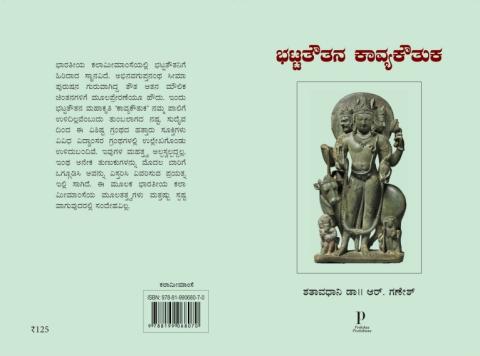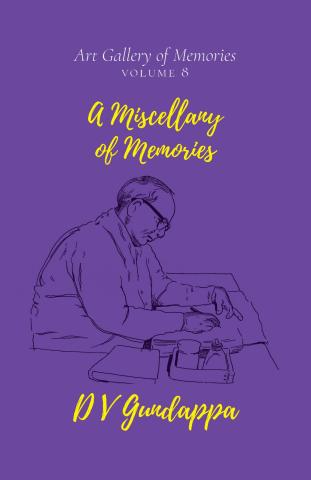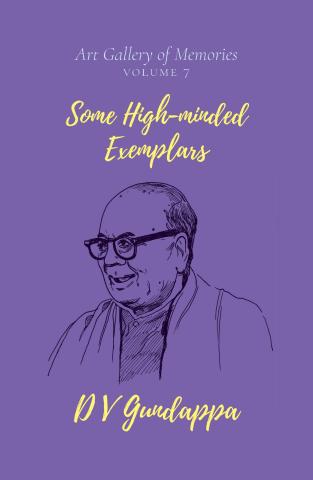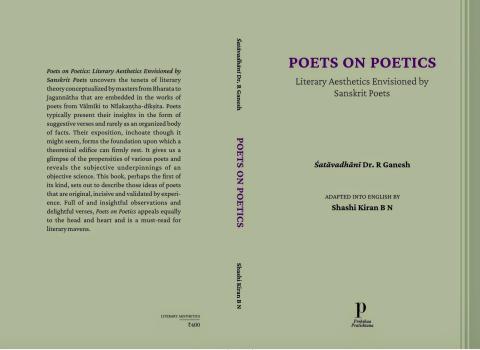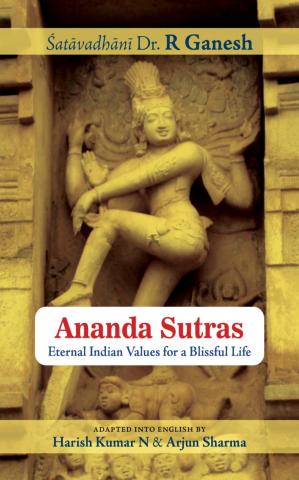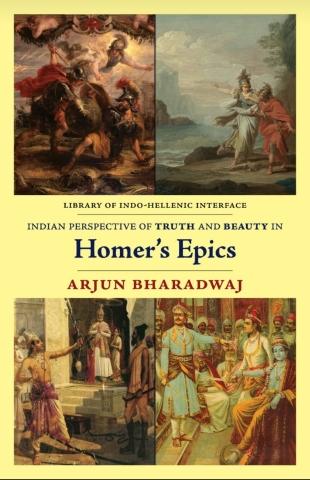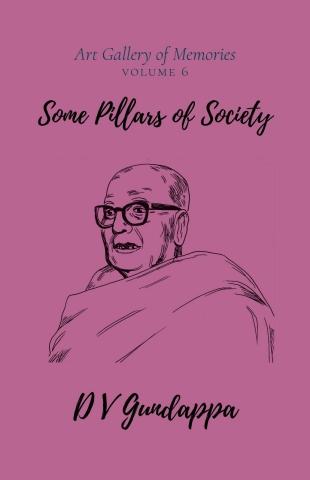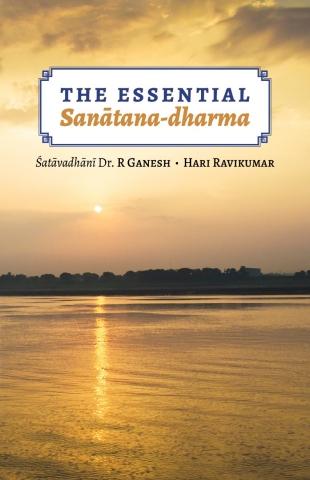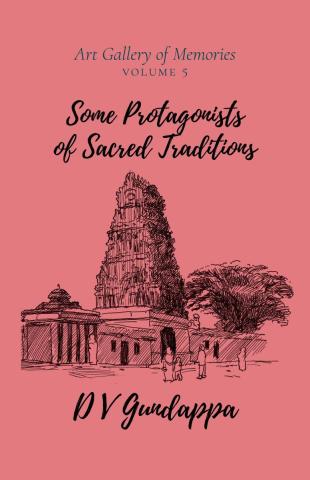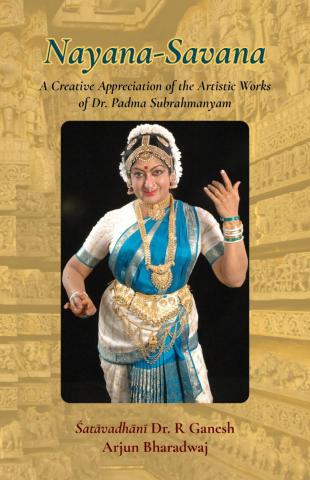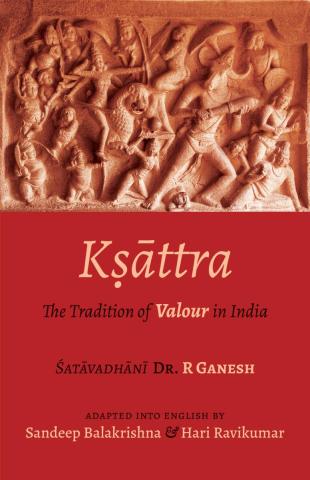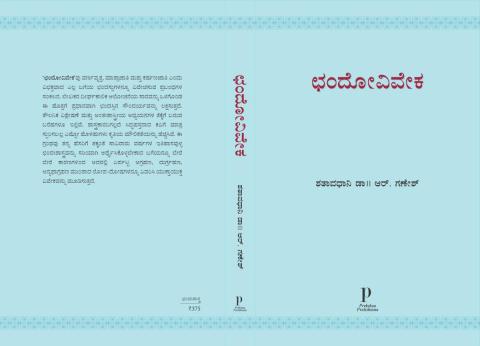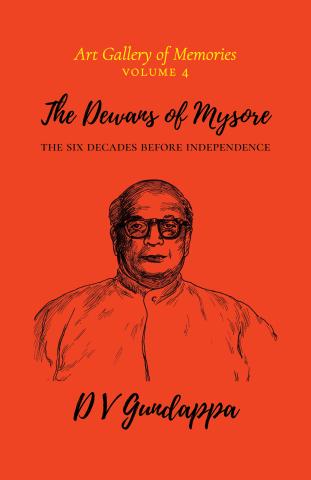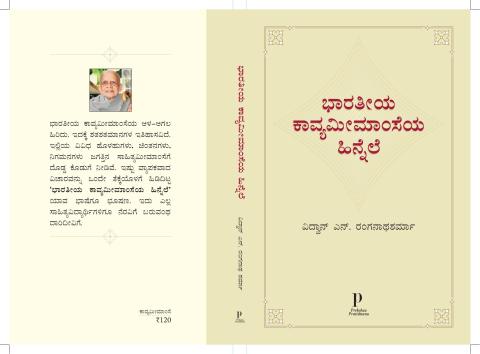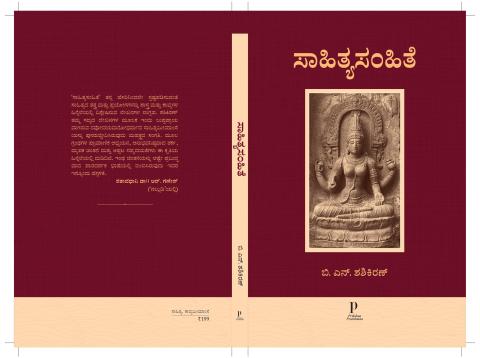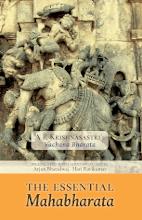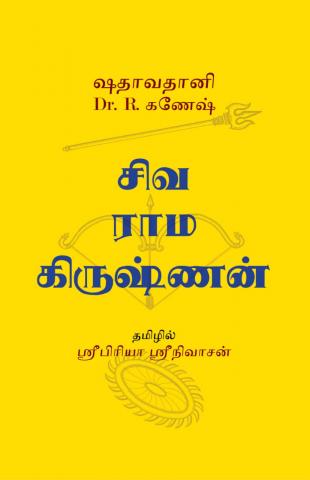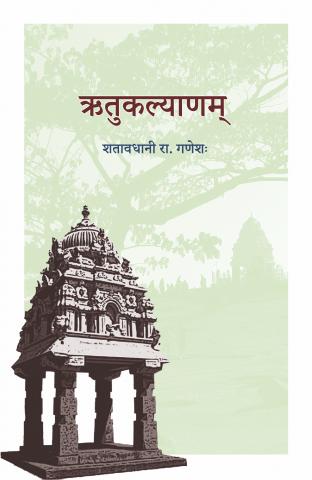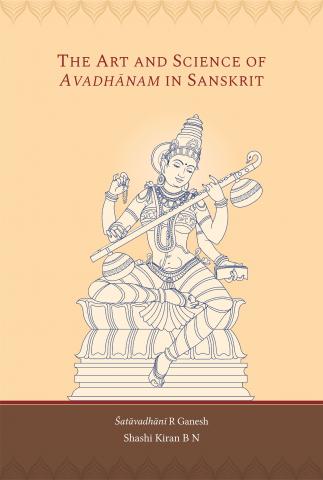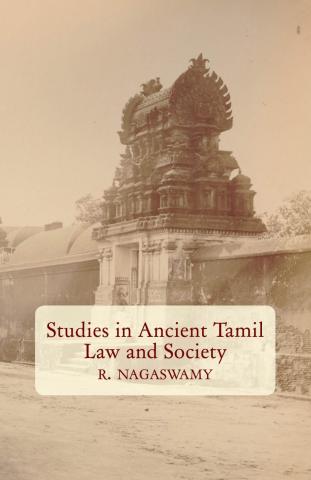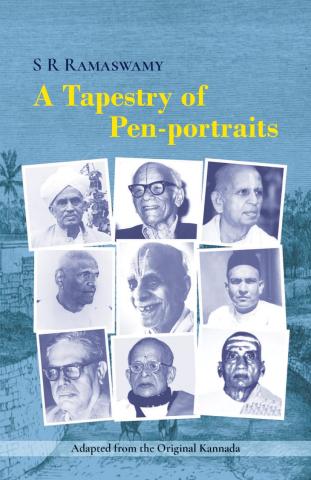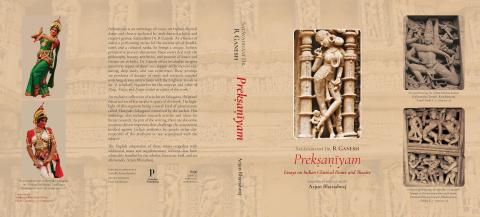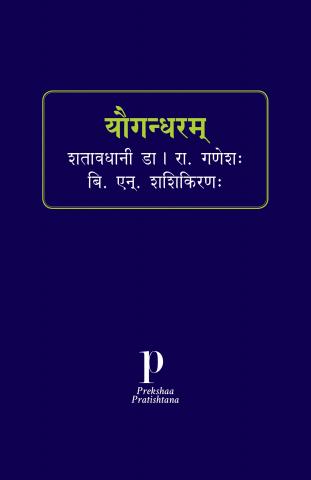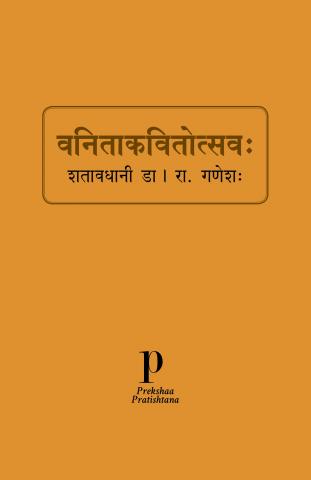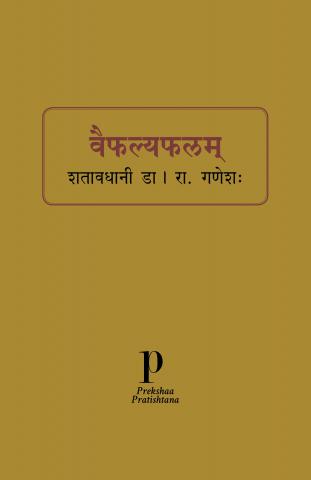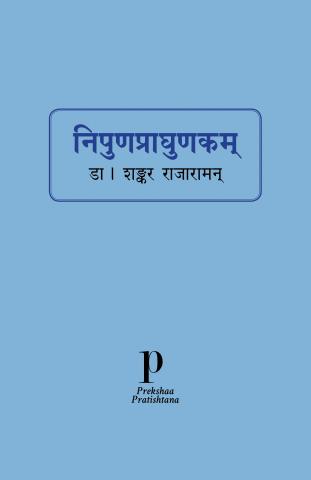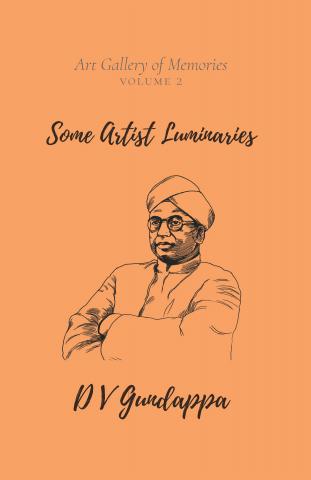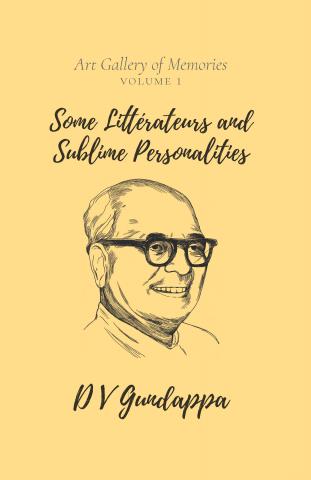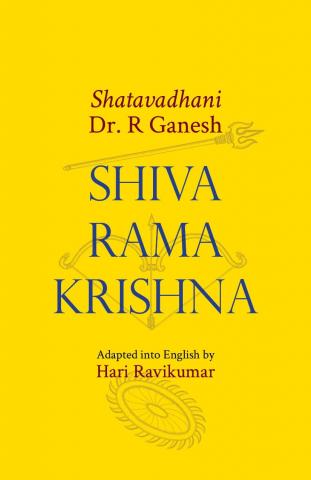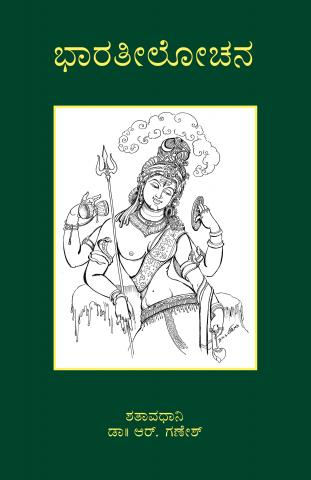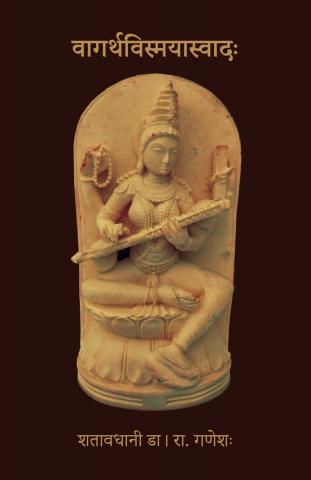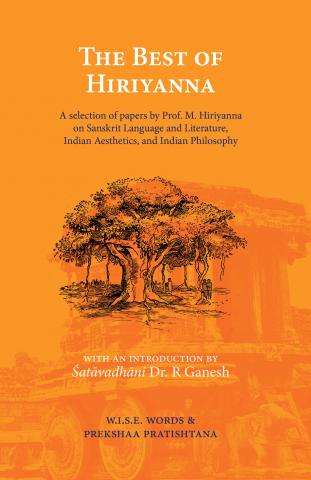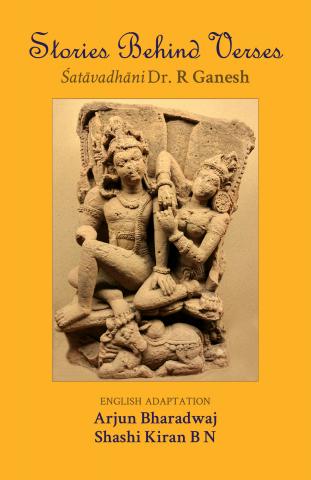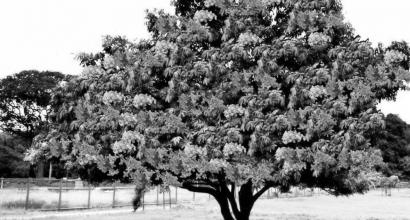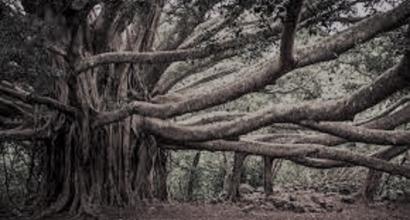72. Gaṇḍasyopari piṭakaḥ samvṛttaḥ
A boil on a tumor. When there is no end for trouble this nyāya is used. There is a proverb in kannada which roughly translates to “rubbing salt on one’s wounds”. This is similar to that.
73. Guḍajihvikā-nyāya
When children have to take medicine, first some jaggery is given. They savor the sweetness of it and meanwhile take the medicine too. It might make them feel the medicine is sweet and it also dilutes the bitterness of it. In the śāstras whenever any upāsanā or pūjā is prescribed a huge list of results are given. In reality one might not be able to obtain everything mentioned. But such a list encourages people to take up the upāsanā finally resulting in the greater good of the society. One can say that such phalaśrutis have evolved from this nyāya. Discussing the use of kāvyas in kāvyapradīpa, the following passage is written.
“It is impossible to make the princes who are delicate and have a materialistic bent understand dry and terse subjects like nīti. Poetry entices them with sweetness and makes these dry subjects palatable, just like what the jaggery does to the children when it comes to taking the medicine.”
74. Gopagṛhiṇī-nyāya
This nyāya is related to the cowherd’s wife. A woman being the wife of a king was happy in the palace. Since she was unchaste, she poisoned the king and ran away with her paramour. Her paramour was bitten by a snake and he died. Without any means of survival she was forced to become a prostitute. The prince who was her own son with the king happened to travel to this place and enjoyed her. Then they realized that they were mother and son. To perform prāyaścitta they lit a funeral pyre in a bid to burn themselves alive. The prince died but the woman escaped and ran away. A cowherd who saw her and the burns she had incurred during this process took care of her out of pity and helped her recover. Then they married each other, being a cowherd’s wife she had to lead her day to day life by selling buttermilk. Once while she was out selling buttermilk the pot fell down and broke. She cried for the spilt buttermilk and reminisced about her past, whenceforth her unchaste behavior led to this moment where she had to cry for such an insignificant thing. The verse below captures the full episode.
हत्वा नृपं पतिमवाप्य भुजङ्गदष्टं
देशान्तरे विधिवशाद्गणिकास्मि जाता ।
पुत्रं स्वकं समधिगम्य चितां प्रविष्टा
शोचामि गोपगृहिणी कथमद्य तक्रम् ॥
When difficulties pounce upon one after the other, and one keeps plumbing newer and newer lows, this nyāya is used to describe it.
75. Gomayapāyasīya-nyāya
Pāyasa comes from payas i.e. milk. Milk comes from the cow. This means any produce obtained from cows can be used in pāyasam. Gomaya means cow dung. This means gomaya can also be used! Thus goes the chain of logic?! This chain of reasoning is called hetvābhāsa. Hetvābhāsa never leads to sound reasoning and so it should never be used.
76. Gobalīvarda-nyāya
Here Go means an ox not the cow. Balīvarda also means ox. There are sentences like “Chase the gos and balīvardas” . Go itself is sufficient then why the usage of balīvarda. So the balīvarda should be taken in a specific sense. It can be understood as a bull, particularly strong and virile. Such usages always occur to distinguish something special. These are not repetitions. “The Congress and Gandhi accepted the schemes proposed by the British”, “The ministers and the chief minister attended the utsava” Here Gandhi and the chief minister has been added as per this nyāya. The two other nyāyas named brāhmaṇavaśiṣṭha-nyāya and brāhmaṇaparivrājaka-nyāya are similar. Also go frequently means cow not the ox. So the word might not immediately convey anything about oxen. So balīvarda is added. This is not a repetition.
77. Ghaṭapradīpa-nyāya
If a lamp is placed inside a pot, the illumination is limited by the pot. The pot isn’t transparent. If it is placed inside a glass chimney then the light can be used to illuminate and also be saved from the wind. A miser’s money is an apt example. His money if at all used is only for his benefit, there is no question of helping others. That money would be dull like the lamp in the pot. On the other hand the money of a magnanimous person would help him and others like the lamp with the glass chimney.
This can also be understood in a different way. The pot is in the dark. When the lamp is brought in the pot becomes visible. Even after this the light from the lamp doesn’t diminish in any sense. Once the effect is the reality it doesn’t destroy its cause. In the alaṅkāra-śāstra, the meaning is defined to be three-fold. They are vācya, lakṣya and vyaṅgya. While the vācya suggests vyaṅgya, but that doesn’t erase or destroy the vācya. Eg. if the labourers are provided with the information, “The time now is 5’o clock.'' They first understand the present time, this is vācya. It also suggests that the day has ended and they can go home. This is vyaṅgya. With this, the information about the current time i.e. vācya also remains.
78. Ghaṭāyonmīlitaṃ cakṣuḥ paṭaṃ kiṃ nāvalokayet
The eye which has been opened to see the ghaṭa (pot) won’t it see the paṭa (cloth/canvas) too? When we open our eyes, the pot, the cloth, everything can be seen, one need not close the eye and open it again to see a different thing. If one travels to a place they’ll do everything which needs to be done there and then return back instead of going back and forth for each and every task. Like this when one thing also results in many other things as a by-product, this nyāya is used to describe such a scenario.
This is the ninth part of the multi-part translation of the Kannada book "Sandarbha Sukti" by Mahamahopadhyaya Vidwan Dr. N Ranganatha Sharma. Thanks to Dr. Sharada Chaitra for granting us permission to translate this wonderful work. The original in Kannada can be read here

